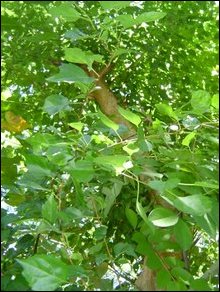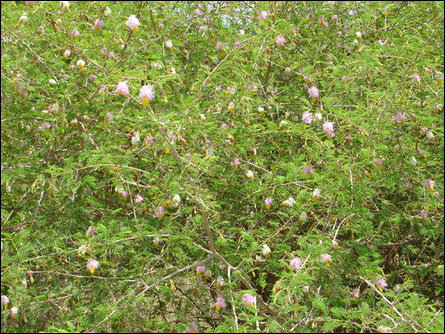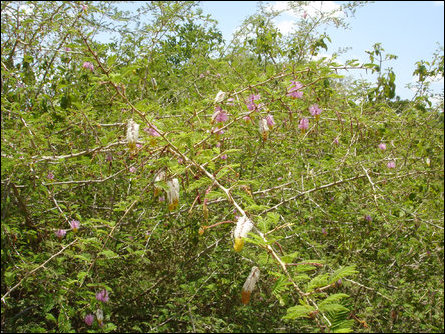21.09.24 16:12 
JVP always denied Eezham Tamils’ inalienable self-determination: Anthropology scholar

JVP always denied Eezham Tamils’ inalienable self-determination: Anthropology scholar
18.09.24 21:30 
Sinhala leftists need careful perusal of Lenin’s definition of Right to Self-Determination

Sinhala leftists need careful perusal of Lenin’s definition of Right to Self-Determination









